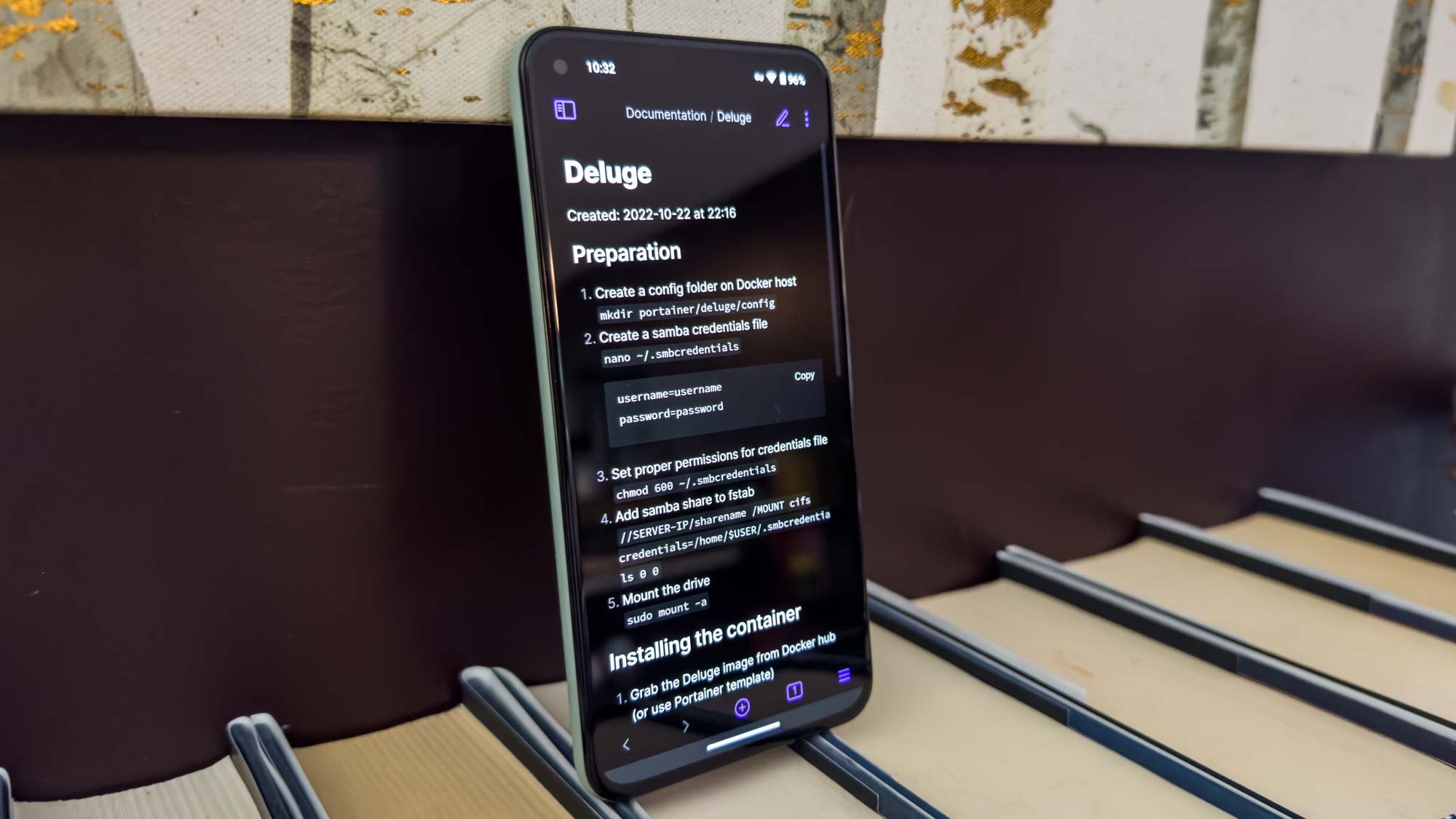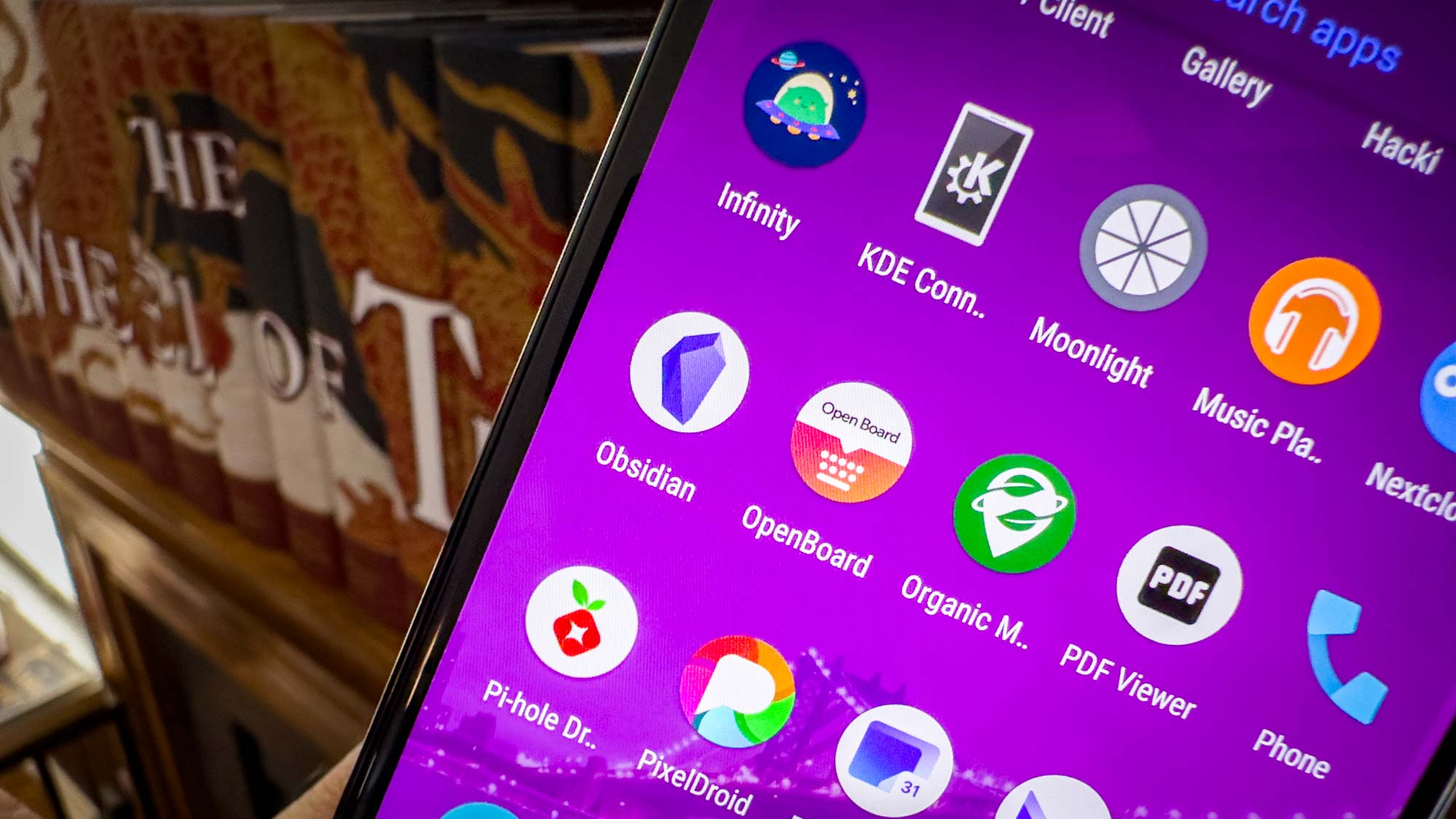This app single-handedly revolutionized my study habits

I look at life as a perpetual learning opportunity, with each day presenting a chance to pick up some kind of new knowledge. Whether it's a concept, a skill, or something to practice, I think the hardships of life become a bit more bearable when I choose to look at things this way.
Philosophy aside, I needed a way to keep track of all the new information I started to pick up. And as I learned more about the Zettelkasten method of studying and note taking, I needed a tool to build what's called a second brain. And I found Obsidian.
If you want to level up your studying and note-taking habits, let me tell you about this invaluable program.
What is Obsidian?

Obsidian is a powerful yet simple markdown editor that functions as a knowledge base on top of basic text (.md) files. There's no funky formatting or anything. You can freely edit the notes in another application or manually add your markdown files to your Obsidian vault.
The community has a host of plugins on top of the ones provided with Obsidian itself. I haven't tapped into much of them since the application does what I want it to at this point in time — and I'm still learning its intricacies. But you can expand Obsidian to your heart's content. It's really up to you.
The goal with Obsidian is to unload a lot of your knowledge base from your head into software that can manage and map it for you.
The goal with Obsidian is to unload a lot of your knowledge base from your head into software that can manage and map it for later reference and connections. The space in your brain is finite, so you'll lose information as time goes on and you absorb new knowledge.
This is called a second brain, and Obsidian facilitates it better than any other app I've tried. While I wish it was open source, you can use it offline and save your vaults wherever you want. Obsidian offers two official ways of syncing your notes, Obsidian Sync and iCloud, the former of which is a $9.99/month subscription.
Get instant access to breaking news, the hottest reviews, great deals and helpful tips.
No other services are supported, technically. Personally, I sync my vault to my NAS, which lets me hop between Windows, Linux, macOS and Android easily enough without paying for anything. It's just that I'm out of luck when it comes to my iPhone, which only supports the official synchronization methods due to Apple's filesystem restrictions.
What is a second brain?
Don't let the sci-fi connotations of the term "second brain" put you off. Creating one just means crafting a system for capturing, connecting, disseminating and recovering knowledge. You record thoughts, ideas, connections, and reflections, freeing up space in your actual brain to absorb new information, which you then record ad nauseam.
A second brain can take several forms. You could use the note card system of the original Zettelkasten system, a commonplace book, or something like Obsidian. I use a combination of all three of those, combining the Zettelkasten method with Obsidian. I have a separate commonplace book that I carry with me everywhere. I record the ideas and things I've picked up throughout my day I find interesting.
The advantage to creating a digital second brain in Obsidian means that you can easily link and search for topics. It's more portable, too, especially if you sync with the mobile app. You can also implement your own tagging system, further organizing your knowledge.
How I use Obsidian
Everyone uses Obsidian in their own ways, meaning that how I do things may not work for you. I keep my workflow and Obsidian installation simple so that I don't get distracted with too many bells and whistles — I am unfortunately very susceptible to this.

I first set up a template for new notes. It automatically pulls in a note's title as an Heading 1, then adds a timestamp, and then a references section. I am very picky about citing my sources and linking my notes, so I usually fill my references area to the brim.
With my template ready to go, I'm ready to create a new note. Since I aim to follow the Zettelkasten method, I have three types of notes in Obsidian. The first are Fleeting Notes, where I record off-the-cuff ideas from a book or article I'm reading, a podcast I'm listening to, or a video I'm watching.
The bulk of my note taking occurs in the next two sections, Literature Notes and Permanent Notes. In the former, the files there resemble what you might be used to from school. I write down concepts that stand out to me from text or lectures. Since Obsidian uses markdown, keeping things formatted in an easy-to-digest way is a breeze.
Using Obsidian as a knowledge base, a second brain, takes time to set up. My system took months to get just right, and I'm still working on it.
Permanent Notes are where the bulk of my knowledge resides. Here is where I take the ideas from my Fleeting Notes and the concepts from my Literature Notes and combine them into bona fide notes and reflections. It is here that I do the majority of my information processing, linking back and forth when my mind notices a connection. You'd be surprised at how seemingly disparate topics can share similarities, such as philosophy and data analytics.
I also use Obsidian for my personal documentation since I run so many different projects in my house that I have trouble keeping track of. It can cause problems when I'm trying to replicate a solution some time in the future, so I use Obsidian to combat it. I also have a huge file of definitions I come across in my studies that I can easily link to and reference while I'm taking notes.
Using Obsidian as a knowledge base, a second brain, takes time to set up. This system I have comes from months of work and fine-tuning. I'm still perfecting it. Don't get discouraged from the breadth of possibilities. Find someone's system that speaks to you and adopt it, then tweak it to your needs.
Obsidian outlook
I still consider myself a novice with Obsidian, performing basic functions like note linking and essential organization structures. However, it has utterly revolutionized my study habits. Any time I'm reading or watching something informative, I have Obsidian open to jot down notes in my Fleeting Notes section.
If you're serious about building a second brain, you should give Obsidian a try. I think you'll be impressed by its power and versatility, as well as the fact that it's basically future-proof, even if the app itself disappeared tomorrow.
So try it out, implement it into your study habits. We should all be pursuing knowledge every chance we get, so let Obsidian walk that path with you.

Jordan is the Phones Editor for Tom's Guide, covering all things phone-related. He's written about phones for over six years and plans to continue for a long while to come. He loves nothing more than relaxing in his home with a book, game, or his latest personal writing project. Jordan likes finding new things to dive into, from books and games to new mechanical keyboard switches and fun keycap sets. Outside of work, you can find him poring over open-source software and his studies.
